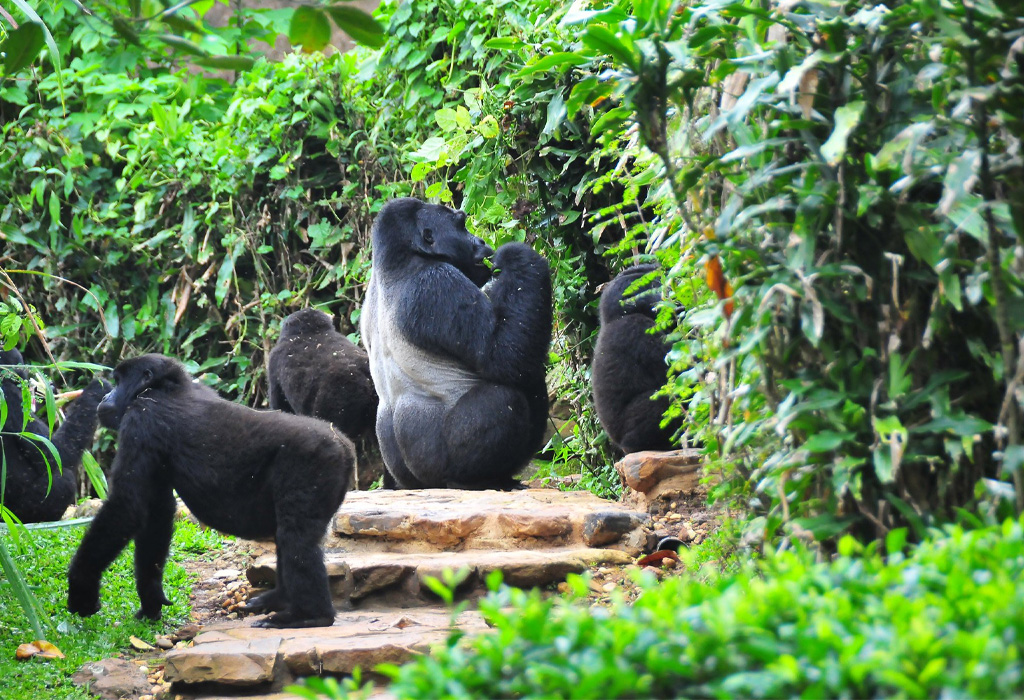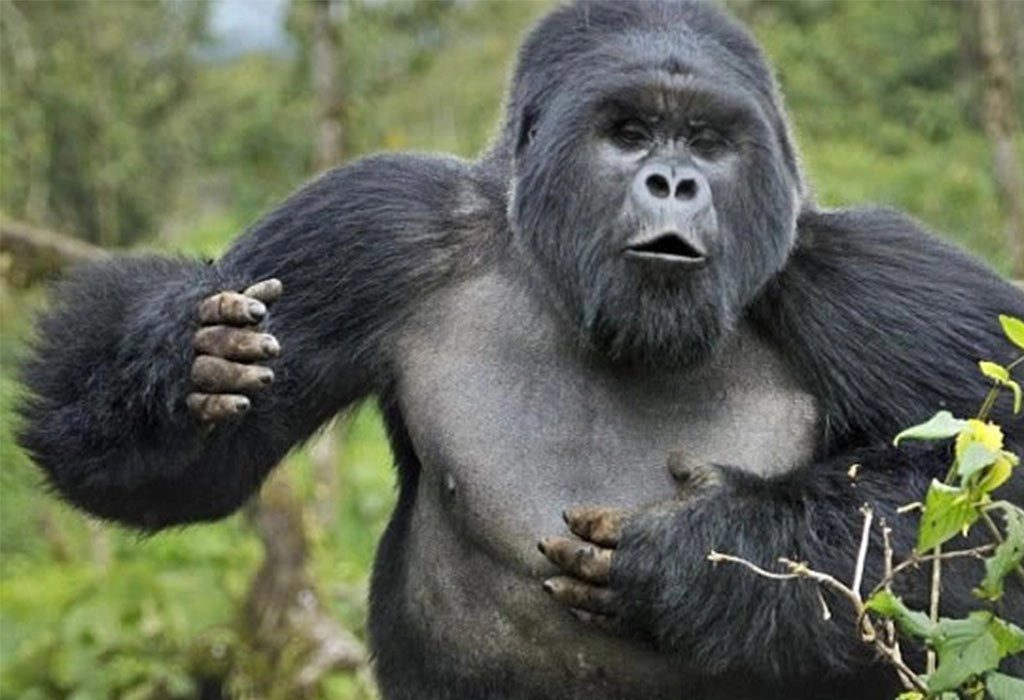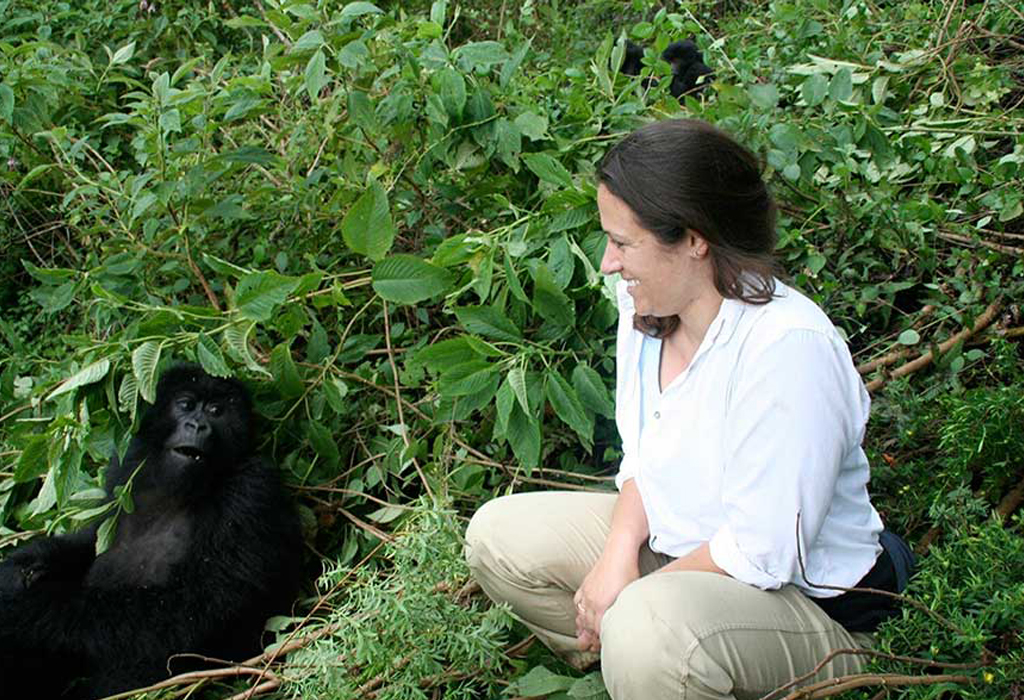
Are Gorillas Endangered or Threatened?
Are Gorillas Endangered or Threatened?
Many people often wonder whether mountain gorillas are endangered or threatened. The answer is yes mountain gorillas are both endangered and threatened. Despite decades of conservation efforts, they remain highly vulnerable due to poaching, habitat loss, human-wildlife conflict, and disease.
Where Mountain Gorillas Live
Mountain gorillas live only in a small range of protected areas in East and Central Africa. They are found in:
-
Bwindi Impenetrable National Park and Mgahinga National Park in Uganda
-
Volcanoes National Park in Rwanda
-
Virunga National Park in the Democratic Republic of Congo
Research by primatologists has revealed that the gorillas in Bwindi Impenetrable National Park form a distinct subspecies of the Eastern gorilla, separate from the mountain gorillas found in the Virunga Mountains. This discovery has increased scientific interest and encouraged tourists to trek in both regions to experience the subtle differences.
Gorilla Species and Subspecies
There are two main species of gorillas in the world:
-
Eastern Gorilla (Gorilla beringei)
-
Mountain Gorilla (Gorilla beringei beringei)
-
Eastern Lowland Gorilla (Gorilla beringei graueri)
-
-
Western Gorilla (Gorilla gorilla)
-
Western Lowland Gorilla (Gorilla gorilla gorilla)
-
Cross River Gorilla (Gorilla gorilla diehli)
-
Mountain gorillas belong to the Eastern gorilla species and are the most endangered of all gorilla subspecies. Eastern lowland gorillas are found in parts of the Democratic Republic of Congo, while the Western gorilla’s subspecies inhabit West and Central Africa.
Why Mountain Gorillas Are Endangered
Mountain gorillas face multiple threats that have placed them on the endangered list.
1. Poaching
Although poaching for the illegal wildlife trade or bushmeat is less common than in the past, it still occurs. In some areas, snares set for other animals injure or kill gorillas. Tragically, certain cultural practices also involve killing gorillas. For instance, in parts of Cameroon, it is said that a new chief eats the brain of a hunted gorilla, while the outgoing chief eats its heart a practice that is both cruel and ecologically damaging.
2. Disease Transmission from Humans
Gorillas share about 95% of their DNA with humans, making them susceptible to many of the same illnesses. Even a common cold can be fatal to them. This is why strict trekking rules require visitors with contagious illnesses to stay away. Tourists must also maintain a distance of at least seven meters and avoid littering in the forest to prevent disease spread.
3. Habitat Loss
As human populations grow around gorilla habitats, forested areas are increasingly cleared for agriculture, settlements, and infrastructure. This has been a particular challenge around Bwindi Impenetrable National Park, where farmland often borders the forest. In search of food, gorillas sometimes enter people’s gardens, leading to conflicts where frightened farmers may attack and kill them.
4. Captivity Challenges
Mountain gorillas do not thrive in captivity. When taken to zoos, they often experience dietary changes and stress that can lead to illness or early death. In contrast, gorillas in the wild display more natural behaviors, stronger family bonds, and better overall health.
Efforts to Protect Mountain Gorillas
Despite these threats, dedicated conservation efforts have led to a slow but steady increase in mountain gorilla populations over the past decade.
Community Involvement
Local communities are now more involved in gorilla conservation, benefiting from tourism revenue and job opportunities. This helps reduce poaching and human-wildlife conflict, as people begin to see gorillas as valuable assets worth protecting.
Strict Tourism Guidelines
Gorilla trekking rules are designed to minimize disturbance to the animals. These include limiting the number of visitors per gorilla group per day, enforcing the seven-meter distance, and ensuring that treks are guided by trained park rangers.
Habitat Protection
National parks and reserves have been established to protect gorilla habitats from encroachment. International partnerships have helped fund anti-poaching patrols, habitat restoration, and education programs.
Why the Wild Is the Best Place for Gorillas
While some experts believe gorillas can live longer in zoos due to veterinary care, the reality is that mountain gorillas thrive in their natural environment. In the wild, they can roam freely, feed on diverse vegetation, and maintain their complex social structures. Captivity often restricts these natural behaviors, leading to boredom, stress, and shorter lifespans.
The Future of Mountain Gorillas
The survival of mountain gorillas depends on continued conservation efforts, stronger wildlife protection laws, and global awareness. Every visit to see them in the wild, when done responsibly, supports the local economy and reinforces the value of protecting these great apes.
These gentle giants are more than just wildlife; they are a reminder of the deep connections between humans and nature. Protecting them is not only an ecological duty but also a moral responsibility to preserve one of the world’s most iconic and intelligent primates for future generations.


